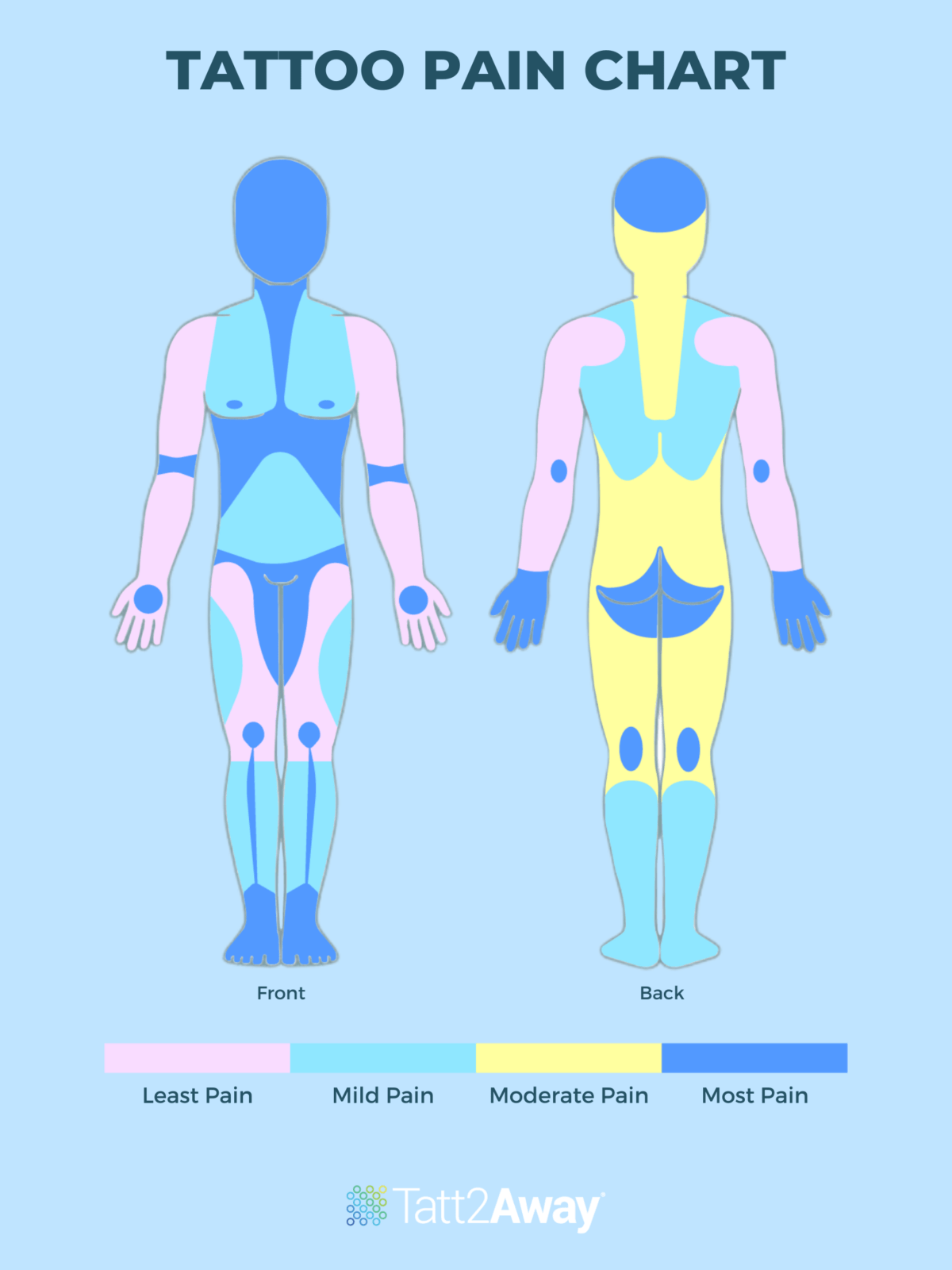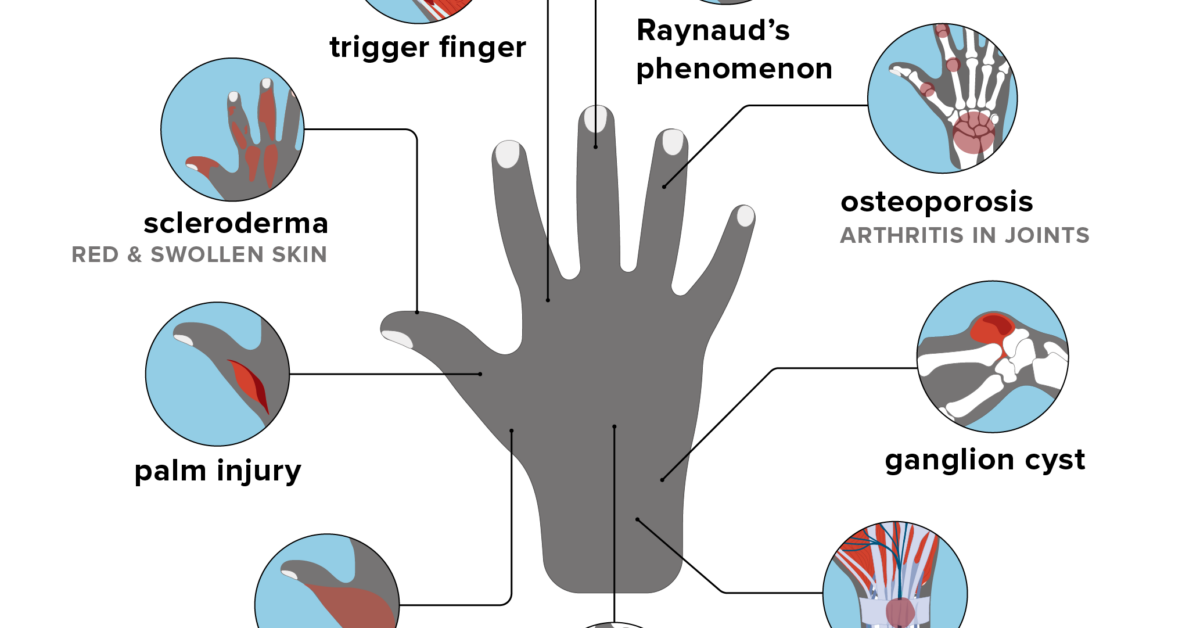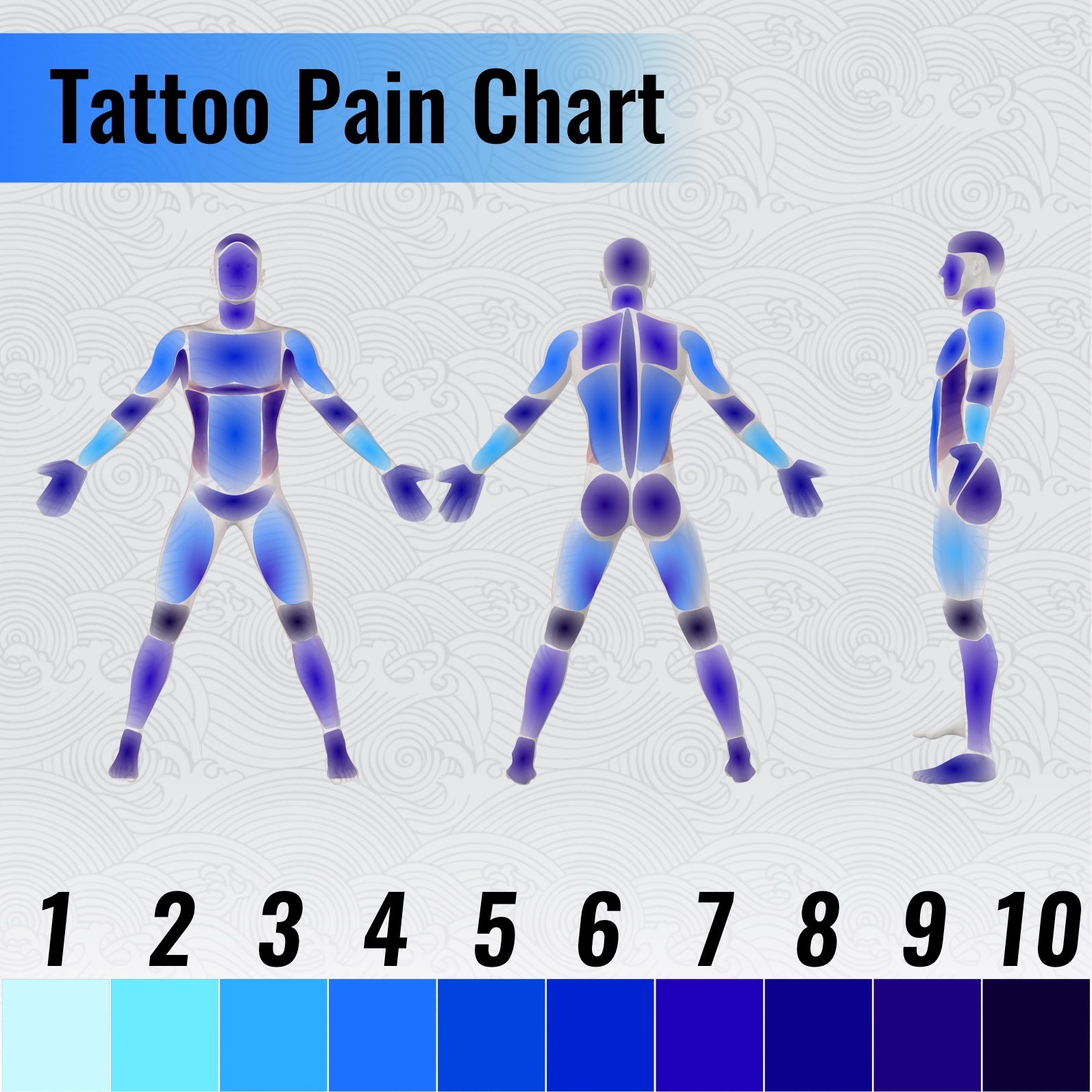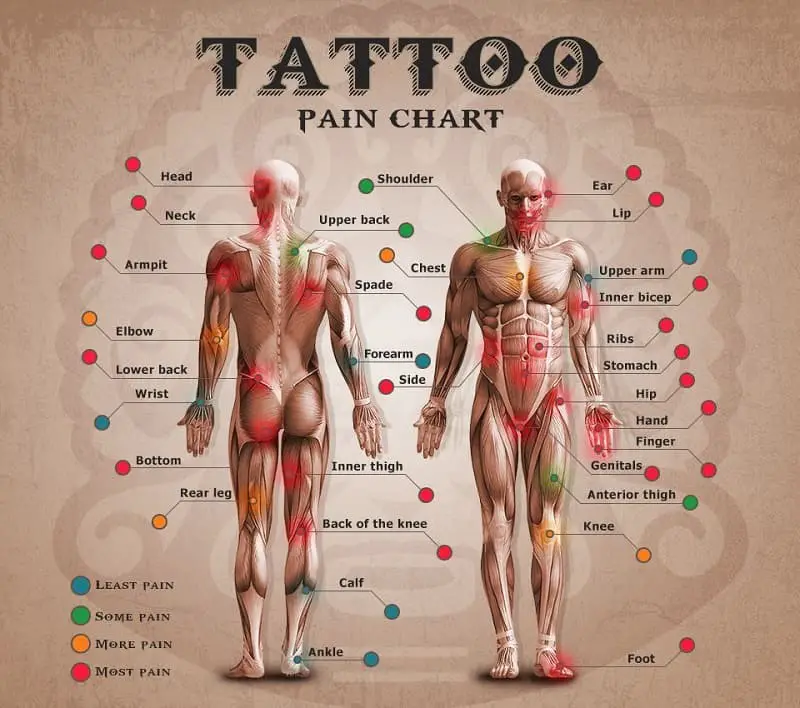
Okay, so you’re thinking about getting some ink, huh?
Specifically, you’re torn between a sunny sunflower and a delicate daisy.
But the big question looming over everything is: how much is this gonna hurt?
Let’s talk tattoo pain, especially when we’re comparing sunflower tattoos and daisy tattoos.
Does Flower Size Matter When it Comes to Tattoo Pain?
Seriously, is a bigger flower = bigger ouch?
The short answer is: kinda.
It’s not just about the size of the flower itself.
It’s about where you put it and how detailed it is.
Think about it: a tiny daisy on your wrist is gonna feel different than a massive sunflower sprawling across your ribs.
I’ve seen people get palm-sized sunflowers on their thigh and barely flinch.
Then I’ve seen a friend nearly tap out from a small daisy with intense shading on their inner arm.
Pain Factors: It’s Not Just the Flower
Okay, so what really makes a difference in tattoo pain?
- Placement is King (or Queen): This is the biggest factor, hands down.
- Bony areas (ribs, ankles, spine) = usually more painful.
- Areas with lots of nerve endings (inner wrists, feet, hands) = also likely more intense.
- Fleshy areas with fewer nerve endings (thighs, outer arms) = generally less painful.
- Detail and Shading: The more detail, the longer the needle is working on your skin.
- A simple outline daisy? Probably less intense.
- A hyper-realistic sunflower with intricate shading? Buckle up.
- Your Pain Tolerance: We’re all different!
- What feels like a mild tickle to one person could be excruciating to another.
- Don’t compare your experience to your friend’s.
- Artist’s Skill: A good artist will use proper techniques to minimize discomfort.
- They’ll know how to stretch the skin properly and use the right needle groupings.
- Research your artist! Read reviews and look at their portfolio.
- Your Mental State: Are you stressed? Anxious?
- Relaxation techniques can help! Deep breathing, meditation, even just chatting with the artist.
- I once saw a woman completely freak out before her appointment.
- She was convinced it would be unbearable, and you know what? It was!
- Mindset matters.
Sunflower Tattoos vs. Daisy Tattoos: A Pain Comparison Breakdown
Let’s get a little more specific.
- Sunflower Tattoos:
- Typically larger and more detailed.
- Often placed on larger areas of the body (back, thigh, shoulder).
- This can mean longer sessions and more overall pain, but the placement might be on a less sensitive area.
- Daisy Tattoos:
- Often smaller and simpler.
- Can be placed in more delicate areas (wrist, ankle, foot).
- The smaller size might mean a shorter session, but the placement could be more painful.
Real Talk: My Experience
I have a small daisy on my ankle.
Honestly, it wasn’t the worst pain I’ve ever experienced.
More like a constant scratching feeling.
But I also have a much larger piece on my thigh that was surprisingly easy to sit through.
Placement is everything!
Tips for Minimizing Tattoo Pain
- Choose your placement wisely: Seriously, think about it!
- Go to a reputable artist: Research, research, research!
- Stay hydrated: Drink plenty of water before, during, and after your appointment.
- Eat a good meal beforehand: Don’t go in on an empty stomach.
- Avoid alcohol and caffeine: These can thin your blood and make you more sensitive.
- Communicate with your artist: Let them know if you’re feeling overwhelmed.
- Take breaks: Don’t be afraid to ask for a breather.
- Use numbing cream (if appropriate): Talk to your artist about this beforehand.
- Breathe: Deep, slow breaths can help you relax.
FAQ: Tattoo Pain and Flower Designs
- Does color make a difference in tattoo pain?
- Generally, no. The pain is more about the needle and the technique.
- Are line tattoos less painful than shaded tattoos?
- Usually, yes. Shading requires more passes with the needle.
- How long does tattoo pain last?
- The actual tattooing pain is immediate.
- Afterwards, you might experience soreness, tenderness, or itching as it heals.
- Can I take painkillers before getting a tattoo?
- Check with your artist! Some painkillers can thin your blood.
Ultimately, the level of discomfort you experience with both sunflower tattoos and daisy tattoos depends on a mix of factors.
Don’t let the fear of pain stop you from getting the art you want!

